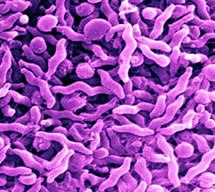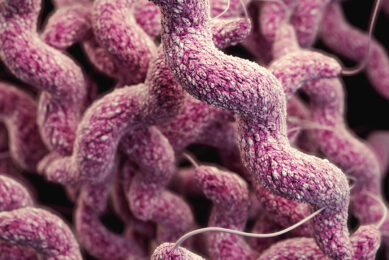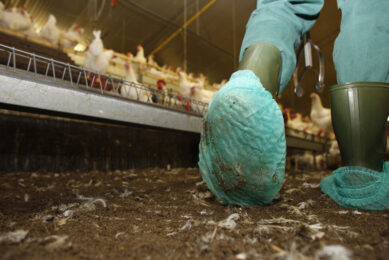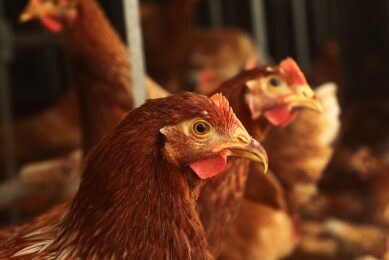EFSA issues advice on reduction of Campylobacter in chickens

EFSA’s BIOHAZ Panel has published a scientific opinion assessing the public health impact of control measures which could be used to reduce the occurrence of Campylobacter in chickens and chicken meat.
In the opinion, the BIOHAZ Panel experts evaluated the impact of measures that could help reduce the presence of Campylobacter in chickens before and after slaughter.
Chicken meat and human health
Campylobacteriosis accounted for 198,252 human cases notified in 2009 in the EU with the cost of campylobacteriosis to public health systems and to lost productivity is estimated to be around 2.4 billion euros each year across the EU. Chicken meat, in particular, accounts for 20-30% of total human cases.
EFSA’s experts say that measures before slaughter could reduce the risk by up to 50%, although this figure is expected to vary considerably between Member States. Such measures focus mostly on preventing the bacteria from entering the housing in which the chickens are kept and on reducing the number of Campylobacter in the intestines of chickens sent to slaughter.
The experts also listed a series of additional options which were found to be effective when implemented in conjunction with these measures. These options include: using fly screens, reducing the age at which chickens are sent to slaughter and discontinuing thinning practices (as humans entering chicken housing may carry bacteria from outside).
Risk reduction
Possible other measures for risk reduction in the meat production chain include for instance: cooking on an industrial scale or irradiating the meat, which are both likely to destroy all Campylobacter that may be present on the meat; and freezing carcasses for 2 to 3 weeks, which would reduce the risk by more than 90%. Freezing carcasses for short periods of time (2-3 days) or treating chicken carcasses with hot water (at 80°C for 20 seconds) or with chemicals, such as lactic acid, was estimated to reduce the risk by between 50 and 90%.
The opinion also gives an indication of how setting reduction targets for Campylobacter in chickens in the EU would reduce the risk of contamination for humans. For instance, if no more than 25% of chicken flocks in each Member State were to test positive for Campylobacter, the number of human cases would be reduced by half. If this target were to be further lowered to only 5% of chicken flocks, the risk for humans would drop by 90%.
• Scientific Opinion on Campylobacter in broiler meat production: control options and performance objectives and/or targets at different stages of the food chain
• A quantitative microbiological risk assessment of Campylobacter in the broiler meat chain
Source: EFSA













